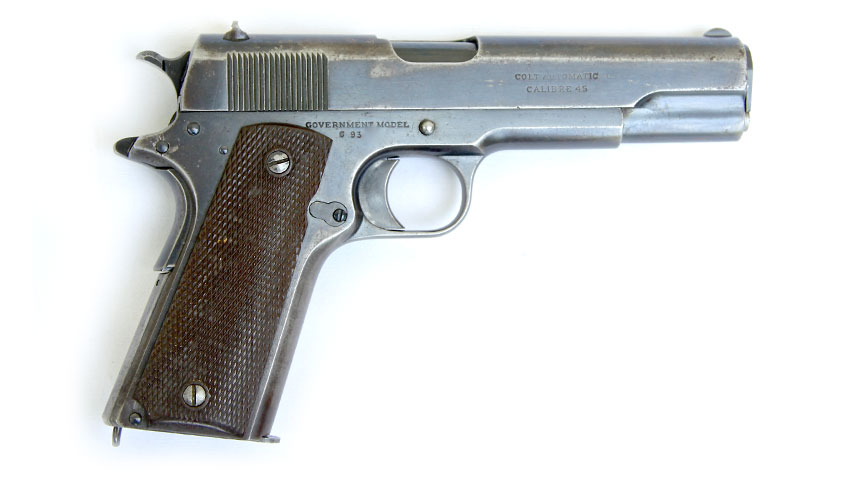

Originally designated ‘Model of 1911’, in 1917 it was changed to ‘Model 1911’, and finally in the mid-1920s to ‘M1911’. 45 ACP, which was adopted by the US Army on March 29, 1911. There are even some rare magazines that can be worth hundreds of dollars to the right collector.Ī very specialized field, and one in which it is easy to make mistakes.Yesterday we provided the historical background to Colt’s ‘Model of 1911’. Also, various Ordnance Department inspectors' markings are more rare than others, so a "so-so" pistol with an unusual marking might bring a premium price. Some of the "mixmasters" will contain individual parts that could bring unusually high prices due to rarity and demand. There are some wild cards in the deck, though. Knowing what you are looking at can be a real challenge, and without considerable research it can be difficult for a knowledgeable collector to be absolutely sure when examining a piece offered for sale.Ī 1943 vintage M1911A1 with all original parts, no modifications, no refinishing, etc, in 90-95% condition will probably bring between $1200 and $2000 today, depending largely on the collector and his need to fill that slot in his collection.Ī rebuilt piece with all correct GI parts in similar condition might bring $500 to $800.Īn arsenal overhaul "mixmaster" in similar condition might bring about $600. Outright frauds will be encountered as well. Also because of this, there has been quite a lot of tinkering with surplus GI pistols, salvaging parts from several to assemble pistols with "correct" parts to simulate an "original" piece. Some of these will have arsenal markings to indicate the overhaul, some will not.įor these reasons, truly original pistols (all original parts, unaltered, not refinished) bring premium prices from collectors. Most of the pistols released as surplus property through DCM were arsenal rebuilds, reparkerized "mixmasters" with parts from multiple manufacturers. At the arsenal and depot levels it was not unusual to have hundreds of pistols stripped down, inspected, repairs made, parts replaced, then re-assembled at random from bins full of frames, slides, barrels, etc. Every part in every pistol must be interchangeable to meet contract requirements, and pistols were made by Colt, Remington-UMC, Springfield Armory, North American Arms, Remington-Rand, Ithaca, Union Switch & Signal, and Singer. Maintenance may have ranged from field-stripping and cleaning, to detail stripping and repairs, to arsenal re-builds.ĭepending upon the level of maintenance, keeping each pistol together with all of its original parts was not always done. Maintenance may have been at unit level, armorer level, depot level, or arsenal level. Many, if not most, of the 19A1 pistols in military inventories went through various levels of maintenance during their service lives. Not just current condition, but is everything in original condition?


 0 kommentar(er)
0 kommentar(er)
